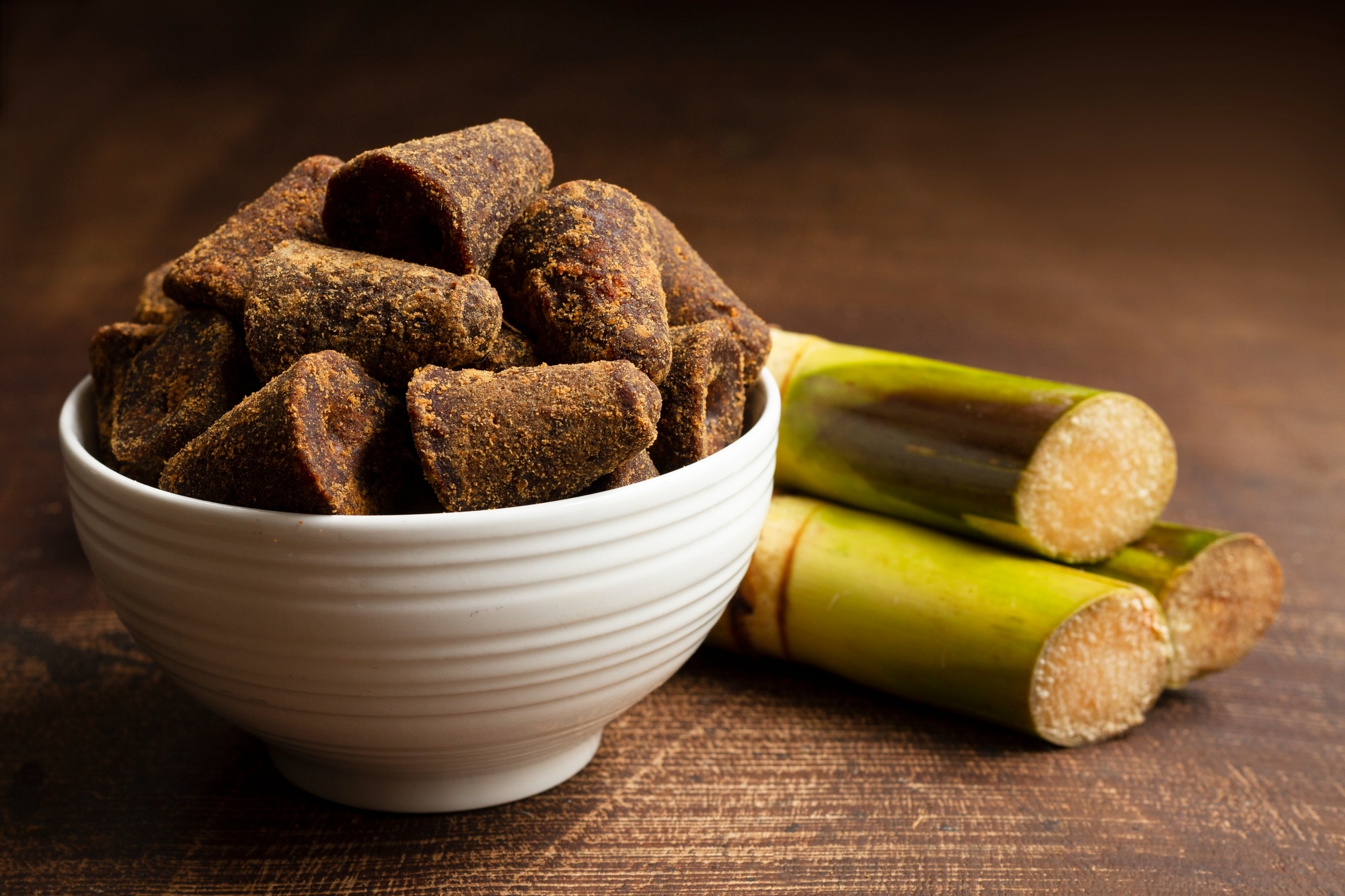Baked custards don’t need watching as much as those made on the hob. This creme brulee and creme caramel are set in a low oven and coddled in a protective water bath: the custard thickens smoothly and evenly. Photograph: Jill Mead for the Guardian
Worried about making custard? Then take your milk, cream and eggs off the hob and bake steadily in the oven instead. Try it on this creme caramel and creme brulee and get cracking!
Homemade custards can strike fear even into the most experienced cooks – watching the mixture thicken on the hob is a fraught business, the threat of scrambling always imminent. Baked custards, though, are very different: set in a low oven and coddled in a protective water bath, the custard thickens smoothly and evenly and the risk of splitting subsides. This week’s recipes are the two baked custard archetypes: one a classic creme caramel, the other a velvety smooth banana creme brulee.
Creme caramel
I’ve not gussied up this timeless recipe with any tweaks or twists. The two elements of this dessert – silken vanilla custard and bittersweet caramel – play off one another in perfect balance and any change to this formula would be to miss the whole point.
It’s imperative that you leave the cooked dessert to rest and chill for at least a few hours (preferably overnight) in the fridge before serving, as during this time the caramel will soften and be partially absorbed into the custard. If you turn the creme caramel out too soon, you’ll be left with plain creme with the caramel left behind in the base of the pudding mould.
Serves 4
For the caramel
75g caster sugar
25ml water
For the custard
75ml double cream
225ml whole milk
3 large eggs
75g caster sugar
2 tsp vanilla bean paste or extract
1 Start by making the caramel. Combine the sugar and water in a small, heavy-based pan and set over a medium-low heat until the sugar has dissolved, then turn up the heat. It is crucial that you don’t leave the pan unattended even for a second. I speak from experience when I say that in the time it takes to put the kettle on or measure out the remaining ingredients, the syrup can slip from clear to brown to acrid, smoking and burnt. Watch it closely but resist the urge to stir, which can encourage the sugar to crystallise and the caramel to become grainy.
Once the caramel has deepened to an amber colour (this shouldn’t take longer than 5 minutes) take it off the heat and pour immediately into a 750ml pudding basin, set on a wire rack or heatproof mat. The syrup will continue to cook in its own heat for a few seconds after you remove it from the stove, so take care not to overdo it. Leave it to cool.
2 Preheat the oven to 150C/300F/gas mark 2. Heat the double cream with the milk until warm to the touch. Whisk the eggs with the sugar and vanilla bean paste or extract in a large bowl, then strain in the milk mixture, whisking as you go. Grease the sides of the pudding basin above the level of the caramel with a little butter or oil before pouring the custard in.
3 Set the pudding into a casserole or roasting dish filled with enough hot (but not boiling) water to come two‑thirds of the way up the side of the pudding basin. Place in the preheated oven to bake for 45-55 minutes, or until the custard is set. The custard should barely quiver in its centre when the dish is lightly jiggled; if it ripples, wobbles or sways, give it a few minutes longer in the oven.
4 Lift the pudding basin from the water bath and set on a wire rack to cool to room temperature. Transfer to the fridge to chill overnight before serving.
5 When ready to serve, place a deep plate over the top of the basin and, in as swift and smooth a motion as possible, turn it upside down. The pudding should fall out easily. If it doesn’t unmould as easily as it should, try running a knife around the outside of the pudding or dipping the basin in a bath of hot water for a few seconds.
Banana creme brulee
This is glorified bananas-and-custard, the instant custard powder replaced with a rich cream egg custard, the whole thing topped with a caramelised sugar crust.
Makes 4
300ml double cream
2 large or 3 medium bananas, peeled
4 large egg yolks
50g caster sugar, plus 50g for topping
2 tsp vanilla extract
1 Preheat the oven to 150C/300F/gas mark 2. Warm the cream over a low heat until scalding hot, taking care not to let it boil. Meanwhile, mash until smooth half of the bananas – you’ll need roughly 125g – then whisk it with the egg yolks, sugar and vanilla extract in a large bowl.
2 Pour the hot cream into the egg mixture, whisking all the while, then strain through a fine sieve to catch any rogue lumps. Cut the remaining banana into slices no greater than 1cm thick and divide between four ramekins. Pour the custard on top.
3 Place the ramekins in a baking dish and pour just enough hot water into the dish to reach two-thirds of the way up the ramekins. This water will shield against the heat of the oven, ensuring the custards cook evenly.
4 Cook until well set – there should be no more than the slightest wobble at the centres of the custards. This should take 30 minutes or so, but keep a close eye on them in case your oven runs hot or cold. If you don’t cook them straight away while the cream’s still hot, you may find they need a further 5-10 minutes in the oven.
5 Once cooked, remove the ramekins from the water bath and leave them to cool to room temperature before transferring to the fridge. Once chilled, sprinkle the remaining caster sugar over the top of the custards. Then either grill or blowtorch them until the sugar is molten, bubbled and browned. You’ll have most control over the rate and degree of caramelisation if you use a mini blowtorch, but the grill will do a fine job too as long as you preheat it thoroughly, so that it’s searing hot (a lukewarm grill will just cook the custard, while leaving the sugar on top unscathed).
6 Once the tops have caramelised to a mottled sugar crust, chill the custards for a short while then serve.












